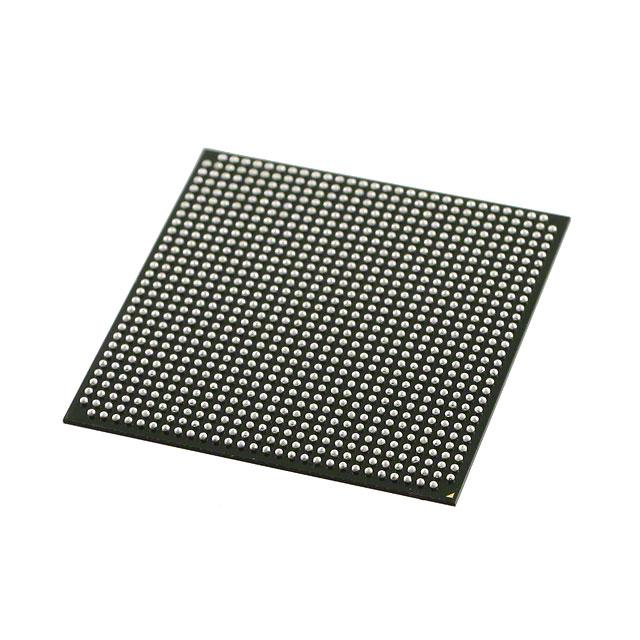The Difference Between 8-Bit, 16-Bit, and 32-Bit Microcontrollers: A Guide by Unikeyic
As technology continues to advance, the demand for efficient and powerful microcontrollers has grown significantly. At unikeyic, we understand the importance of choosing the right microcontroller for your project needs. In this article, we'll delve into the difference between 8-bit,16-bit, and 32-bit microcontrollers, helping you make informed decisions for your electronic projects.

Exploring the Basics: What Are Microcontrollers?
Microcontrollers serve as the brain of various electronic devices, controlling their operations and functionalities. They are essential components in applications ranging from simple household appliances to complex industrial machinery.
1.8-Bit Microcontrollers: Optimizing for Simplicity and Cost-Effectiveness
8-bit microcontrollers are known for their simplicity and cost-effectiveness. They are suitable for handling basic tasks and applications with lower computational requirements. With Unikeyic's range of 8-bit microcontrollers, you can achieve reliable performance for tasks such as sensor interfacing, LED control, and simple data processing.
2.16-Bit Microcontrollers: Enhancing Performance and Capability
Stepping up from 8-bit architecture,16-bit microcontrollers offer improved performance and capabilities. They are ideal for applications requiring higher computational power and precision, such as motor control, audio processing, and advanced sensor interfacing. Unikeyic's 16-bit microcontrollers provide enhanced processing speed and memory capacity, empowering you to tackle more complex projects with ease.
3.32-Bit Microcontrollers: Unlocking Advanced Functionality and Efficiency
At the forefront of microcontroller technology,32-bit microcontrollers deliver advanced functionality and efficiency. With increased processing power and memory resources, they excel in demanding applications such as graphic displays, real-time control systems, and high-speed data processing. Unikeyic's range of 32-bit microcontrollers empowers you to optimize performance and efficiency in your projects, enabling seamless integration of sophisticated features and functionalities.
Making Informed Choices with Unikeyic
At Unikeyic, we prioritize customer satisfaction and product excellence. Our extensive selection of microcontrollers caters to diverse project requirements, ensuring that you find the perfect fit for your applications. Whether you're a hobbyist, student, or professional engineer, Unikeyic provides reliable solutions to fuel your innovation and creativity.
Conclusion
In conclusion, the choice between 8-bit,16-bit, and 32-bit microcontrollers depends on your specific project needs and performance requirements. By understanding the differences outlined in this guide, you can confidently select the right microcontroller for your next electronic endeavor. Explore Unikeyic's comprehensive range of microcontrollers and unlock endless possibilities for your projects.






















